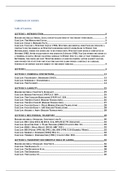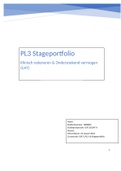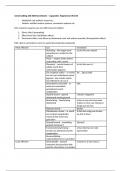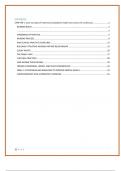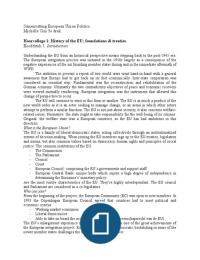Summary
Summary Carriage of Goods
- Course
- Institution
- Book
Master programme Commercial and Company Law and International Trade Law. Course: Carriage of Goods. Complete summary, all literature, all case law, all seminars, all lectures etc.
[Show more]
